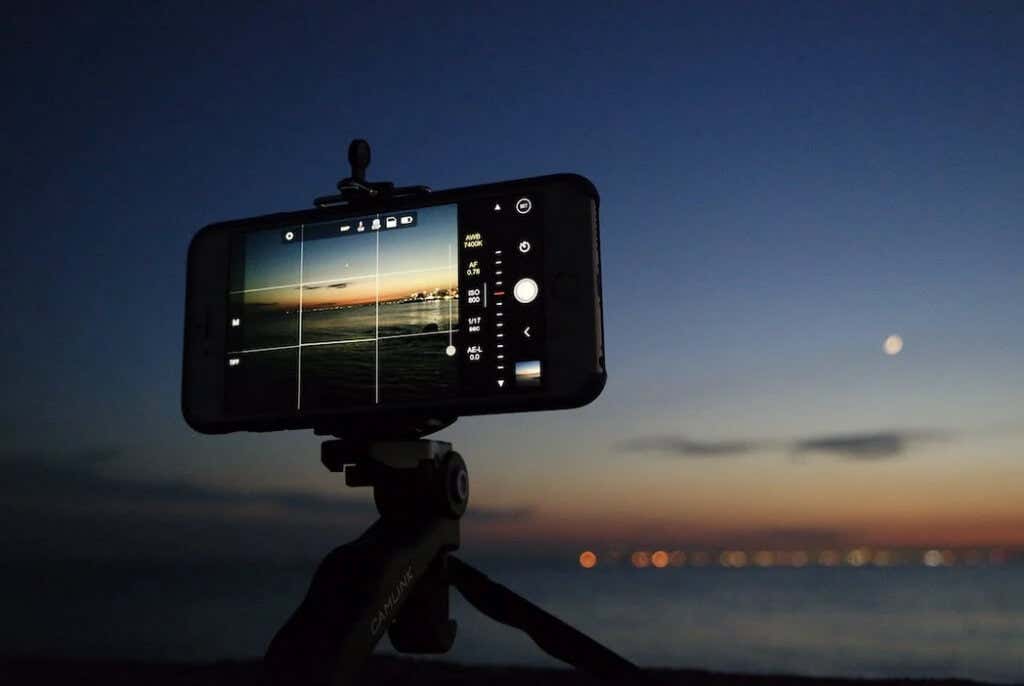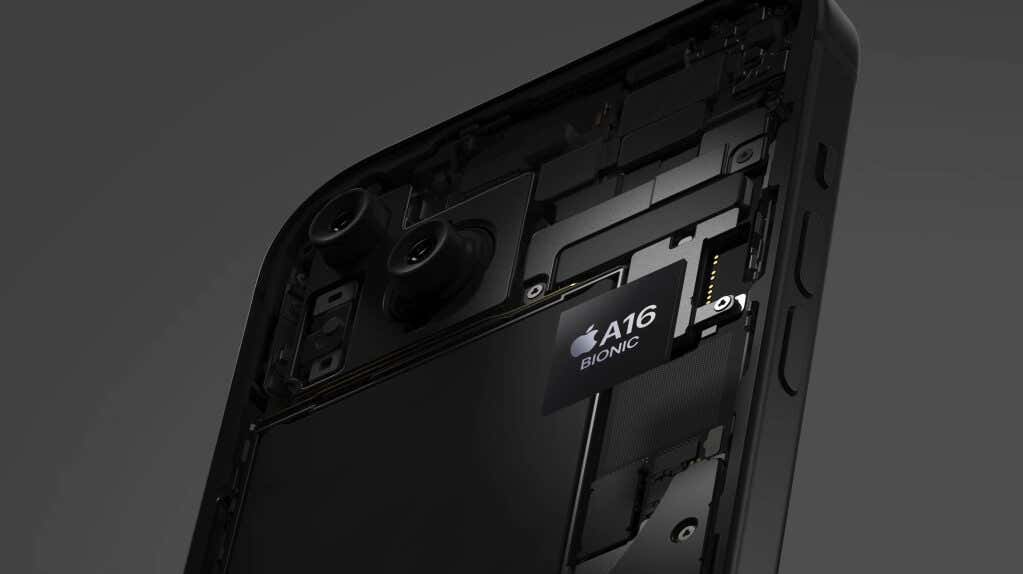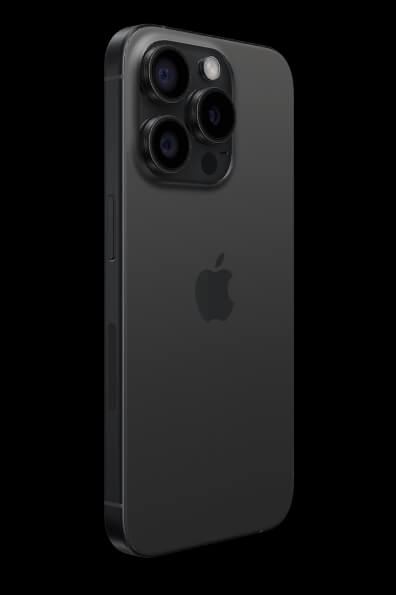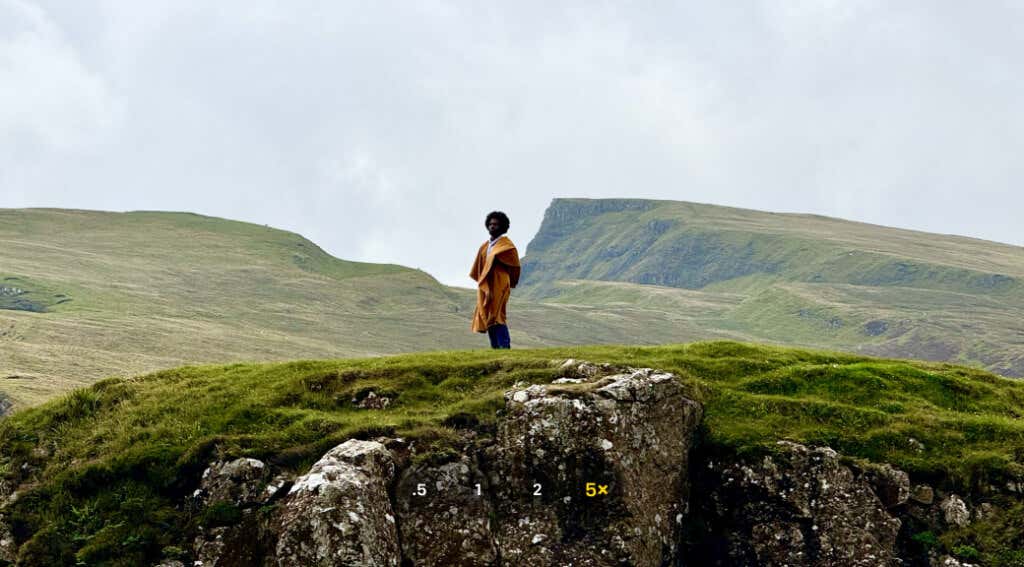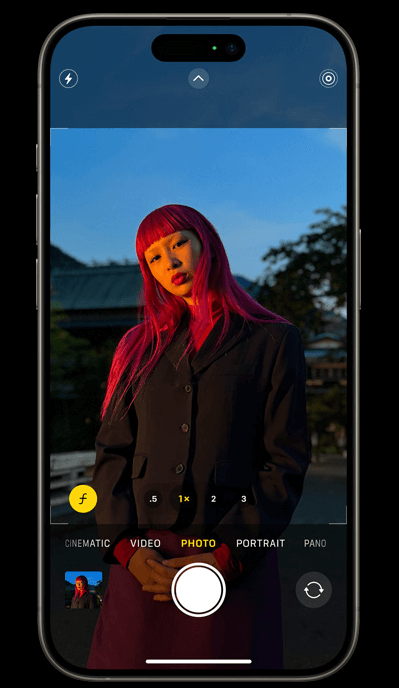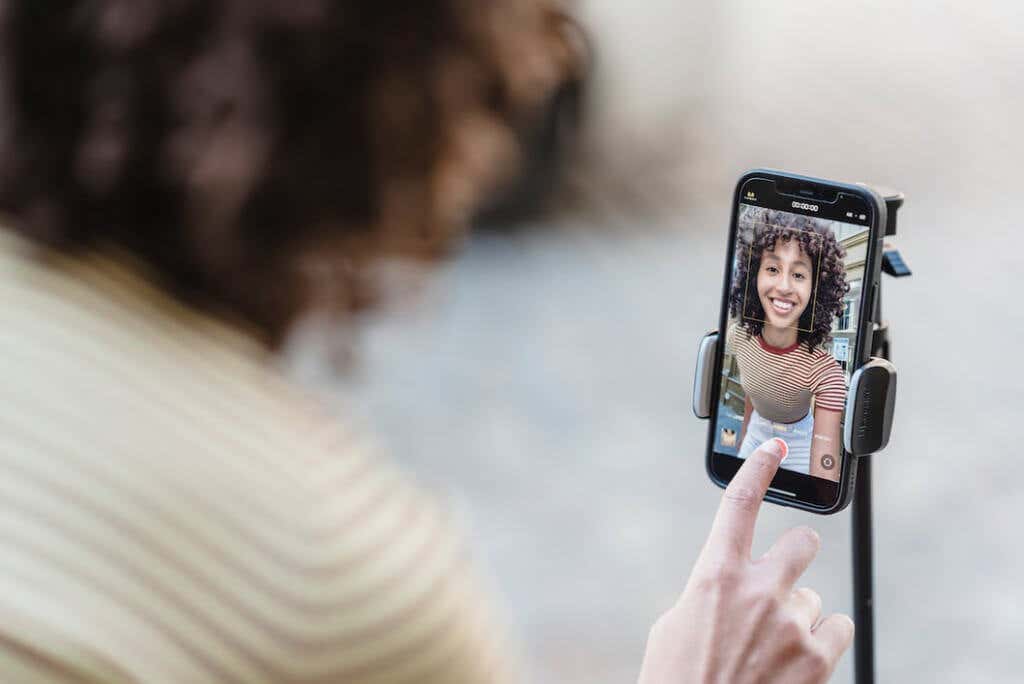Whether you’re a photography enthusiast or just someone who appreciates capturing life’s moments, the iPhone 15 camera might be exactly what you’re looking for. So in this article, we will delve into all you need to know about the iPhone 15’s cameras, exploring their features, improvements, and incredible potential.
The iPhone 15 and iPhone 15 Plus Camera
The iPhone 15 and iPhone 15 Plus have two cameras on the back and one on the front. The base iPhone 15 and iPhone 15 Plus moved from the old 12-megapixel main camera of iPhone 14. They boast a new 48-megapixel Quad-Bayer image sensor that’ll allow you to take pictures in higher resolution. That means you can now capture images with fine details visible even on prints.
However, the camera is set to capture pixel-binned 24 MP images by default. Pixel binning, also called pixel merging, is a digital imaging technique that combines neighboring pixels to create a single pixel, reducing image resolution but enhancing image quality by reducing noise, improving low-light performance, increasing dynamic range, and enhancing signal-to-noise ratio.
The main camera’s lens is 26mm, the equivalent of an f/1.6 aperture lens. The ultra-wide camera boasts a 13mm lens equivalent to an f/2.4 aperture lens, but its sensor is only 12-megapixels. The front camera is also 12MP and has the aperture equivalent of f/1.9. It’s also important to note that all iPhone 15 models have a new lens coating, significantly reducing the lens flare.
The new HEIF MAX file extension that replaced the large file sizes of ProRaw in iPhone 14 Pro is now added to the iPhone 15 base models. Combined with the increased resolution, it enables the new 2x zoom option previously available only on Pro models. This telephoto camera records the middle section of the camera sensor to create a 12MP image. But if you find the zoom a very important factor for your iPhone photography, you should know that it excels in the iPhone 15 Pro and Pro Max.
iPhone 15 Pro and Pro Max Camera
When it comes to hardware, the iPhone 15 Pro and Pro Max have the same 48-megapixel wide-angle camera and 12-megapixel ultrawide camera as the base models. The lens aperture is at the equivalent of f/1.78 for the main camera, and f/2.2 for the ultra-wide camera. The default capture mode is also at 24 MP, but with the HEIF images, you can up that to 48 MP.
The Pro and Pro Max models’ main camera has multiple focal lengths. The Photonic Engine Technology lets you choose between 24mm, 28mm, and 35mm. Reveal these options by tapping the 1x zoom button. You can set any of these options as a default camera’s focal length.
When it comes to zoom options, there’s an important difference between iPhone 15 Pro and Pro Max. While the Pro version has 3x optical zoom capability, the Pro Max model has a telephoto camera capable of 5x optical zoom. That means if shooting up close is really important for you (wildlife or portrait photography) you will want to upgrade to the iPhone 15 Pro Max. Its telephoto feature is the equivalent of a 120mm lens.
If you wonder how it is possible for a smartphone to achieve 5x optical zoom, the answer is the tetraprism design. Standard telephoto lenses bend light through several layers of different lens elements. That requires physical space, and that’s why you see those huge lenses on DSLR cameras. Smartphones don’t have that much physical space, and that’s why Apple used a tetraprysm lens design to bounce the light four times before it reaches the sensor. Other camera makers achieve similar effects with a periscope design.
The New Portrait Mode
Until now, you had to turn on the Portrait Mode on iPhone cameras to get that unique look of a focused subject and a creamy bokeh background. That has changed in the iPhone 15 and iPhone 15 Pro models. When a camera detects a face, be it a person or an animal, it automatically switches to portrait mode. The automatically generated depth map will suit portrait photography aesthetics.
But that’s it, there are no other improvements over the standard portrait mode of the previous iPhone 14 Pro. For instance, the iPhone 15 and iPhone Pro come with the same lighting effects and depth control as the iPhone 14 Pro.
That said, the Pro model does come with a LiDAR sensor, a cutting-edge technology that enhances augmented reality (AR) experiences and improves camera capabilities.
The LiDAR scanner measures the distance to objects by emitting laser pulses and analyzing their reflections, enabling more accurate depth sensing and spatial mapping for AR applications. This technology also enhances autofocus in low-light conditions, resulting in faster and more precise focusing for both photos and videos.
The Better Night Mode
If you like taking photos in low light situations, night mode proved an extremely useful addition to smartphones. iPhone 15 Pro takes it to another level. The new, bigger sensor and the HDR5 technology allow for a better result in low-light photography. The iPhone 15 Pro and Pro Max make less noisy photos than the iPhone 14 Pro, and not just that. The background is also much sharper. However, there’s a small drawback when it comes to iPhone 15’s night mode. Although the details are better defined in a night photo, the colors are not realistic enough.
Video Recording
IPhone 15 and iPhone 15 Pro models are exceptional devices for capturing videos thanks to the Dolby Vision technologies for HDR videos. The new flagship smartphones from Apple are capable of filming in 4k resolution, with a variable frame rate of 24, 25, 30, and 60 fps.
However, only the Pro and Pro Max models have the option of ProRes recording at up to 4k/60p, and only if you are recording directly to an external device. But that is not a problem anymore since the USB-C port allows you to record directly on a connected SSD.
In terms of color, noise, and exposure, the iPhone 15 outperforms most of its competitors. Color rendering and exposure remain consistent even when recording conditions are changing. The new cameras manage noise levels much better than previous Apple smartphone flagships, and the autofocus works exceptionally well, even in low-light conditions. But white balance is where the iPhone 15 video recording is falling short. It’s inconsistent and tends to produce a warm overlay when you’re filming indoors or in low light. However, this is rarely a dealbreaker as most users prefer warmer colors.
Which iPhone’s Camera is Better?
Both the iPhone 15 base and Pro models have powerful cameras. But if you’re upgrading from iPhone 14 or older models and you’re a photography enthusiast, without a doubt, iPhone 15 Pro and Pro Max are winners.
Multiple focal lengths, zoom modes, new and improved Smart HDR technologies, and 60fps 4k videos are a clear sign that the iPhone 15 Pro is an immense improvement over the previous generation. But that being said, you have to acknowledge that the iPhone 14 Pro has an amazing camera, too, and in the hands of the right person, it can produce amazing photos.
That said, if you’re also looking forward to the upcoming Apple Vision Pro Headset, you should be aware that iPhone 15 Pro and Pro Max are equipped with LiDAR and are getting an upgrade in the near future that’ll enable them to record spatial video using both main and wide camera at the same time. If this is something that’s important to you, you should get the new iPhone 15 Pro model. Otherwise, the iPhone 15 should suit all your day-to-day needs.

